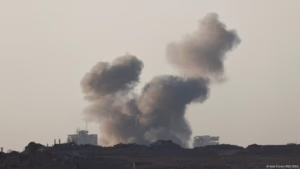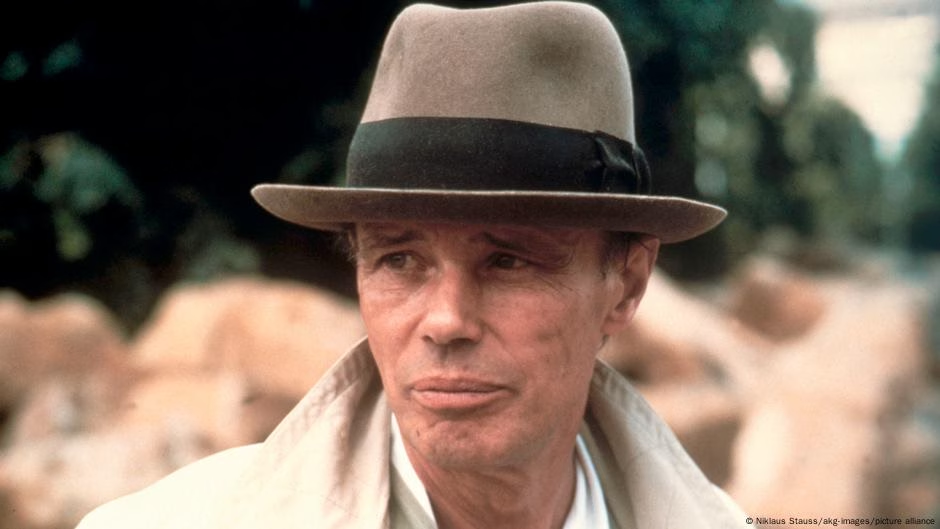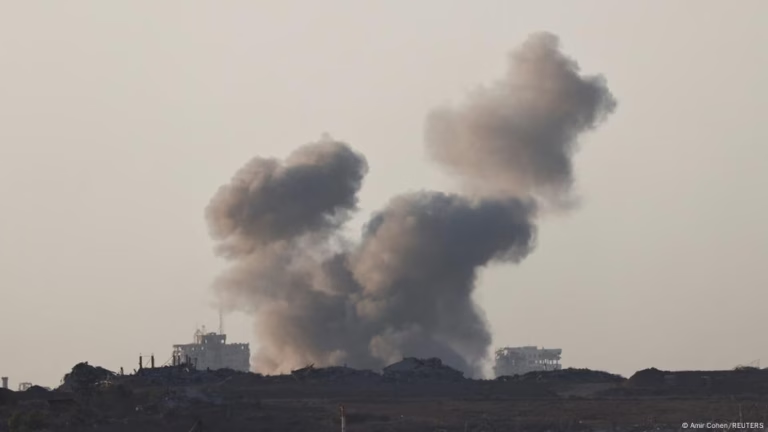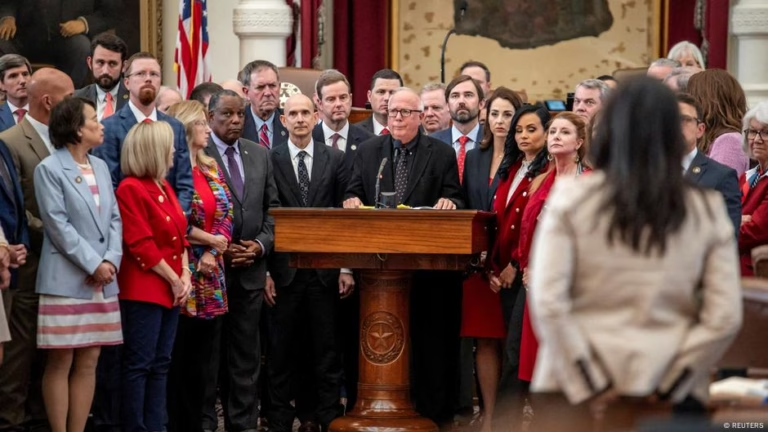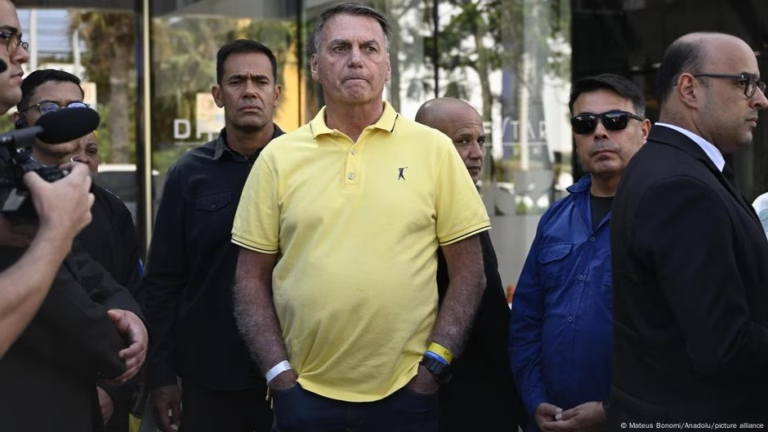The artwork and performances of Joseph Beuys were celebrated throughout his lifetime (1921-1986), yet he also attracted controversy. Beuys utilized unconventional materials, such as felt and fat, and explored themes of natural healing and shamanic rituals. His groundbreaking ideas and performances quietly shaped the art world from the 1960s to the 1980s. Beuys’s notion that “everyone is an artist” continues to captivate audiences.
However, questions remain about Beuys’s stance on the Nazi regime and his involvement during World War II. A former Luftwaffe fighter pilot, Beuys faced accusations of failing to adequately denounce his role in the military and the Nazi government. Some argued that his later references to Auschwitz served to trivialize the Holocaust.
The Moyland Castle Museum Foundation attempts to address these issues through their “Joseph Beuys and National Socialism – A laboratory space” project. Examining works and documents in their collection, the museum hopes to shed new light on these paradoxes.
Beuys’s profound engagement with the themes of World War II and Auschwitz is often overlooked, notes curator Alexander Grönert. Around 90 pieces, including sketches of mass graves, painted images of fighter planes, and designs for the Auschwitz Memorial, illustrate Beuys’s artistic reaction to the trauma from that era.
After participating in art competitions and calls for entries in the 1950s, Beuys submitted a proposal for a memorial at Auschwitz-Birkenau. Although he began to address the Nazi regime through his art only post-war, Beuys’s interest in Auschwitz never faded. In 1981, Beuys traveled to Lodz, Poland, donating 700 of his works in an artistic gesture, part of the “Polentransport 1981” project. Grönert views this as Beuys’s response to the deportations of Jewish Europeans to German extermination camps, implying a form of solidarity.
Beuys also expressed his awareness of German atrociousness toward Lidice, a Czech town destroyed by Hitler’s army. In 1967, he contributed to a solidarity collection for the reconstruction of Lidice and the establishment of a museum there, acknowledging Germany’s guilt for the atrocities committed by the Nazi regime.
Notwithstanding these gestures, Beuys’s relationships and statements remain a source of controversy. For instance, he once nonchalantly reminisced about his youthful “wonderful time at school,” a statement that some interpret as a failure to address the historical context.
Through their “Joseph Beuys and National Socialism – A laboratory space” project, the museum invites visitors to examine Beuys’s complex legacy by accessing the institution’s documents and conducting their research. The commitment to critical analysis of Beuys’s life and art underscores the ongoing need to grapple with his multifaceted identity and Nazi-era entanglements. This laboratory space is intended to stimulate engagement, ensuring that dialogue around Beuys’s life and works persists beyond the exhibition.
Source: https://www.dw.com/en/icon-of-postwar-art-joseph-beuys-unclear-views-nazi-regime/a-72127718?maca=en-rss-en-all-1573-rdf

